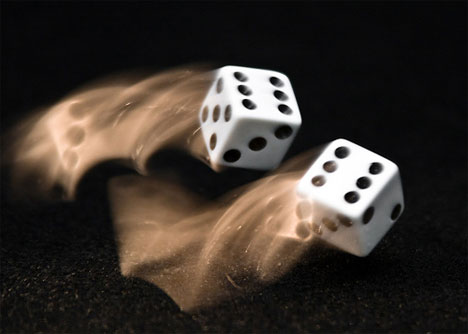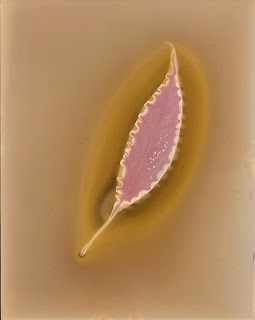
Sort of. Here's an interesting article that explains the differences and similarities between our eyes and cameras. It also has a nifty diagram outlining the anatomy of the human eye.
http://www.pixiq.com/article/eyes-vs-cameras
A blog for Menlo School's Advanced Photo Class

In a recent study of many images published in magazines it has been brought to the public’s attention the fact that many photographers have been lightening or darkening the skin tones of people. For example in a recent issue brought up against Time Magazine, they seem to lighten and darken the image of President Obama. The same kind of image was brought to the public’s attention, only this time it was in Elle Magazine. The actress of precious, Gabourey Sidibe, was on the front cover however her image was lightened for this cover. The change was extremely significant.








 http://www.flickr.com/photos/casch/258138934/
http://www.flickr.com/photos/casch/258138934/








 http://www.flickr.com/photos/austin_long/3488455102/
http://www.flickr.com/photos/austin_long/3488455102/ http://www.flickr.com/photos/austin_long/3487641619/
http://www.flickr.com/photos/austin_long/3487641619/ http://www.flickr.com/photos/austin_long/4096853953/in/set-72157617413315225/
http://www.flickr.com/photos/austin_long/4096853953/in/set-72157617413315225/
 http://www.flickr.com/photos/larryspinner/3242508397/
http://www.flickr.com/photos/larryspinner/3242508397/ http://www.flickr.com/photos/larryspinner/3243343720/
http://www.flickr.com/photos/larryspinner/3243343720/

 http://www.flickr.com/photos/24672404@N07/2338908153/
http://www.flickr.com/photos/24672404@N07/2338908153/ http://www.flickr.com/photos/kazz/5135709341/
http://www.flickr.com/photos/kazz/5135709341/ http://www.flickr.com/photos/brittany_photography/2091869038/
http://www.flickr.com/photos/brittany_photography/2091869038/ http://www.flickr.com/photos/andchristina/4206696392/
http://www.flickr.com/photos/andchristina/4206696392/








